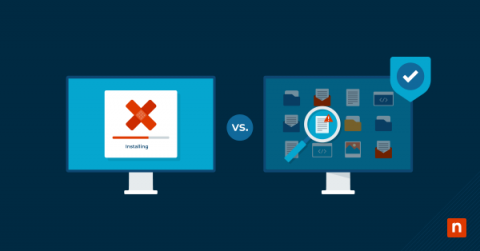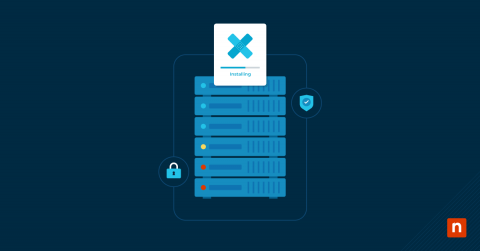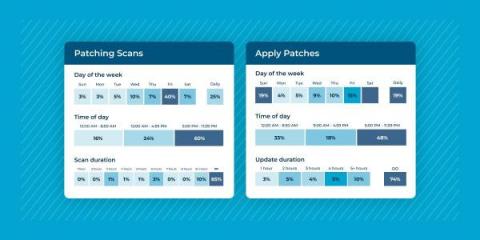7 Server Patching Best Practices for Businesses
Patch management is the process that helps you keep your IT assets safe, protected, and functioning optimally. Server patching follows many general patch management best practices, but it also includes tasks and processes that are specific to patching servers. In this article, we’re going to discuss what patch management best practices apply to server patching in your IT environment, and how you can start improving your server patch management process.










